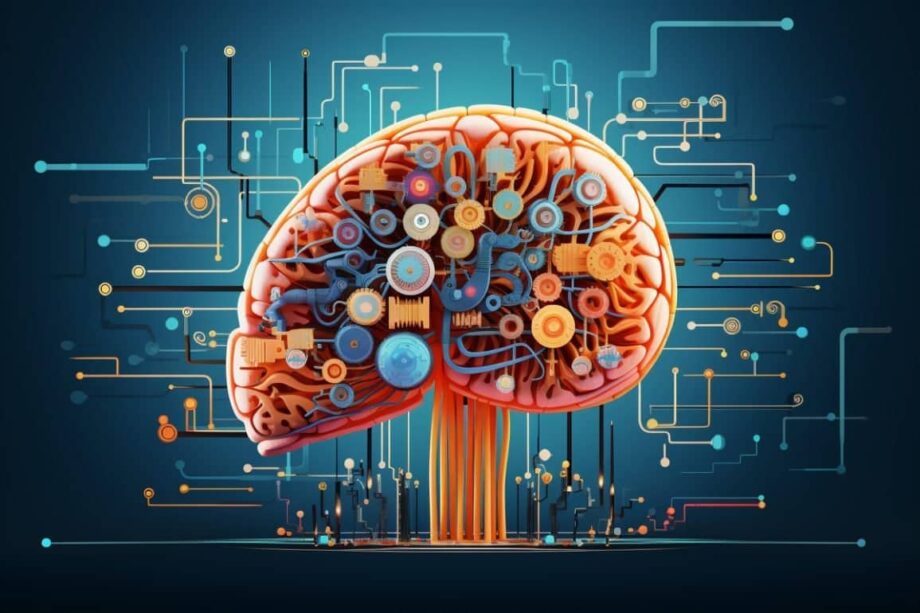Neural network learning, rooted in brain dynamics, diverges significantly between brain learning and deep learning. While deep learning embraces a multitude of layers, allowing adept handling of intricate tasks, the brain, with its sparse layers, excels in efficient performance despite its shallow structure, noise, and sluggish dynamics.
New research explores the enigma of the brain’s shallow yet efficient learning, matching the accuracy of deep learning. Bar-Ilan University researchers, as detailed in Physica A, present insights into how these shallow mechanisms can rival deep learning. Prof. Ido Kanter, leading the study, likens the brain’s architecture to a broad building with few floors, challenging the conventional deep skyscraper analogy.
As the research unfolds, Ronit Gross notes the widening network’s proficiency in object classification, contrasting with deep architectures that gain prowess with increased layering. The interplay of wider and higher architectures, she asserts, unveils two complementary mechanisms.
However, achieving brain-mimicking wide shallow architectures demands a paradigm shift in GPU technology properties, traditionally tailored for accelerating deep structures and proving inadequate for broader implementations.
Source NeuroScienceNews

